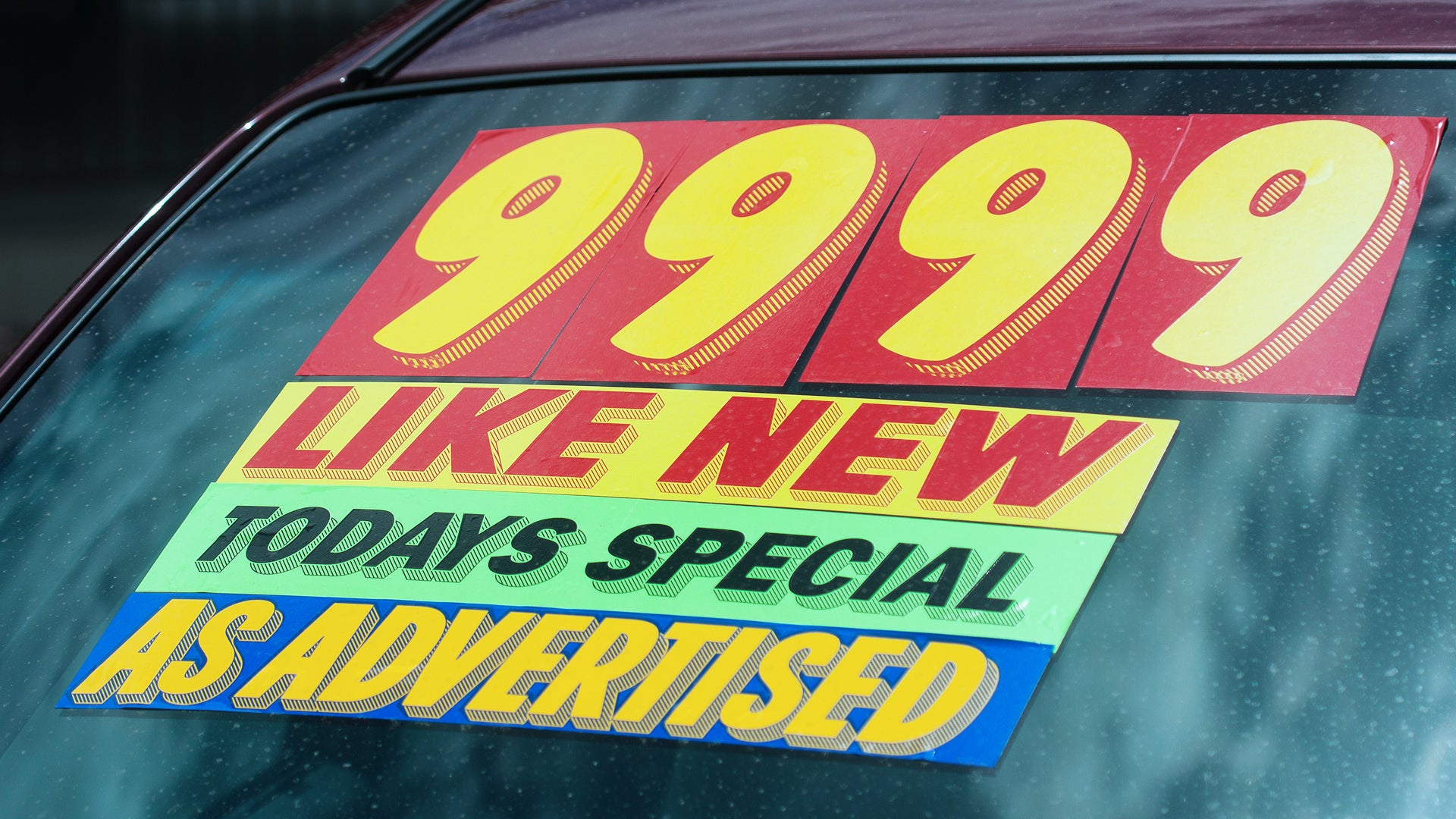
The cost of new and used cars are already sky-high due to COVID shortages, and they’re expected to climb even higher as the war in Ukraine creates new limits on materials, straining the supply chain.
For more than a year, the global auto industry has struggled with COVID-related production and supply issues, ranging from a shortage in micro-chips to delayed delivery. The war now threatens to magnify the problem and prices. So, while your current ride is likely worth more, you could be in for a rude awakening when you need a new one.
“We’re very sensitive because we have no inventory anywhere in the supply chain,” said Mark Wakefield, an automotive analyst with AlixPartners. “Because of the comeback from COVID and everything being so tight, any bump in the road becomes a real disruption of production, either a disruption of production or a vastly unplanned-for-cost increase.”
For instance, electric wiring made in Ukraine, critical to the car industry, is now much more difficult to get. Essential Russian exports could also be cut off due to sanctions.
“You only need to miss one part to not be able to make a car,” Wakefield said.
That’s led to production stoppages and slowdowns at factories in Europe, and analysts say it could be headed our way next year. They’re estimating global car production will be down by two to three million cars in 2022 and 2023. For the consumer, it means higher prices not just for new cars, but used as well.
“Before COVID, the average used car price was about $17,000,” said Dan Banister, President of Banister Automotive in Maryland and Virginia. “Post COVID – hopefully we are there – it’s about $30,000.”
Sticker shock is spreading among used car buyers, hoping for a bargain. Three-year-old vehicles took the biggest jump at almost 40%. Edmunds researchers point out the Dodge Caravan and Porsche Cayenne are leading the pack. Families are paying nearly double the listed price from last year.
Banister says while now is a good time to sell your car, you’ll pay more to replace it. On the bright side, you’re likely to get a higher trade-in value to help with the price difference.
“The used car prices have gone up and so have the new prices,” said Banister. “So you don’t have the rebates, incentives that the manufacturers were putting on the window previously, because they don’t have to. Some of the cars might have a $2,000 rebate or $5,000 rebate, and you’re not going to see that anymore. When you come in, what’s listed on the window – that’s probably what you’re going to pay.”
More than 80% of car buyers paid more than the sticker price for new vehicles in January (Edmunds). Compare that to 3% last year.
“But if {you have} the prices go up and the interest rates go up, then we’re talking about a different story,” Banister said.
That’s already happening. The Federal Reserve raised interest rates for the first time since 2018, with more hikes ahead in the coming months to cool inflation. This all leaves the future of car prices a bit uncertain.
“In my opinion, I don’t think it’s going to be an overnight drop,” said Banister. “I think eventually the used car prices are going to go down and offset the used prices in the interest rates.”
Other considerations include record-breaking gas prices and insurance, depending on where you live. More than a dozen states have approved rate increases since November 2021, according to S&P Global Market Intelligence.
“Yeah, the prices are just ridiculous, but what are we supposed to do?” asked one California driver.
The remainder of this article is available in its entirety at CBN